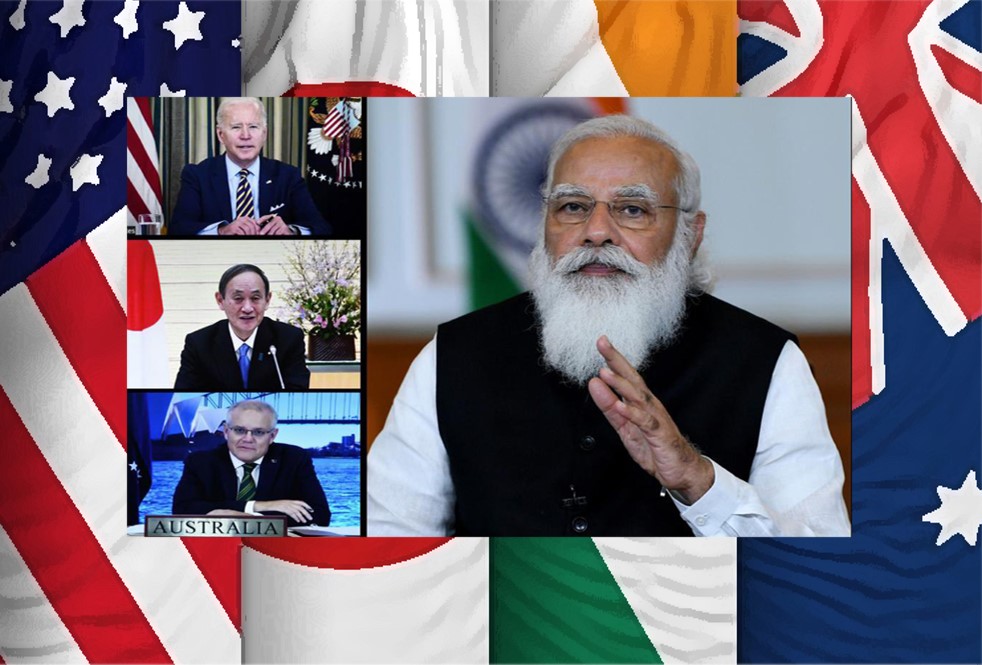
First Quad Summit – A Milestone for Indo Pacific
Sun, 14 Mar 2021 | Reading Time: 4 minutes

“Quad has come of age, will be a key pillar of stability in Indo-Pacific region,” said Prime Minister Narendra Modi at the first-ever summit of the Quadrilateral, seen by China as an “Indo-Pacific NATO.” No amount of talk about vaccine production, climate change, critical technology, cybersecurity, anti-terrorism or maritime co-operation will blunt the sharpness of the grouping as an instrument of containing China. If the agenda items of the Quad were as listed, China would have been a crucial player in each of them. But the US National Security Adviser, Jake Sullivan, came closest to the truth when he said that though the four leaders had indeed discussed China, “today’s meeting was not fundamentally about” that country.
The virtual Quad summit of the US, Australia, Japan and India and its joint statement on March 12 marked a significant milestone in the evolution of the grouping, giving it an agenda for “a free and open Indo-Pacific.” PM Modi acknowledged that the initiative came from President Joe Biden, who had accepted President Trump’s formula for the region, the only Trump policy line he had endorsed. By taking the Quad initiative, President Biden signalled that “our agenda, covering areas like vaccines, climate change and emerging technologies make the Quad a force for global good,” PM Modi characterised the grouping as an “important pillar of stability in the region.” No reference was made to the military exercises the Quad had conducted against the backdrop of China flexing its muscles from the Himalayas to the South China Sea.
The Biden initiative establishes that his “softer line” on China as evidence of his iron fist with velvet gloves. His characterisation of China as the biggest competitor and not an adversary also appears to be a posture. Significantly, Sullivan affirmed the “centrality of the Indo-Pacific in U.S. national security” for Biden administration in a post-summit press briefing. Indian reluctance to take the plunge into an alliance also must have played a role in the US adopting a cautious approach, stressing the public good needs of the Indo-Pacific. The ASEAN countries also are likely to welcome the softer version of the Quad as they have no intention to confront China.
The vaccine initiative for the region, in this context, is a masterstroke, as it is as much a competition with China as a humanitarian need for the region. The combination of the manufacturing capabilities of India, US technology and financial, Japanese and Australian funding and logistical support will be an effective counter to China, which has already started a vaccine offensive around the world. India has confirmed that it will be manufacturing up to 1 billion single-dose Johnson & Johnson vaccines, which will be delivered to the Indo-Pacific and beyond. China may see it as an adversarial act but can counter it only by doing better with the vaccine, contributing to the global effort.
The other items on the agenda, such as maritime security and cyber issues are also unquestionable, even though the anti-China dimensions of both are evident. The Chinese presence in the Indian ocean through massive ports and visits of submarines is already perceived as a threat and Japan and India have been suspected of being victims of cyber-attacks.
The philosophical underpinnings of the Quad have also been strengthened in the joint statement in “The Spirit of the Quad”. It has been stated, “We strive for a region that is free, open, inclusive, healthy, anchored by democratic values, and unconstrained by coercion,” broadening the scope of common action. It recalls that the positive vision of the Quad rose out of the Tsunami of 2004 and affirms that the global devastation wrought by COVID-19, the threat of climate change, and security challenges facing the region summons the group with renewed purpose.
“On this historic occasion of March 12, 2021, the first-ever leader-level summit of the Quad, we pledge to strengthen our cooperation on the defining challenges of our time.”
The Joint Statement is categorical in its determination “to promoting a free, open rules-based order, rooted in international law to advance security and prosperity and counter threats to both in the Indo-Pacific and beyond. We support the rule of law, freedom of navigation and overflight, peaceful resolution of disputes, democratic values, and territorial integrity. …. Full of potential, the Quad looks forward to the future; it seeks to uphold peace and prosperity and strengthen democratic resilience, based on universal values.”
The Joint Statement also goes into some specific current issues, indicating the evolving common positions on issues like denuclearization of North Korea in accordance with United Nations Security Council resolutions, resolution of the issue of Japanese abductees and the urgent need to restore democracy in Myanmar and the priority of strengthening democratic resilience. Clearly, the engagement of Quad will go beyond the common good and take common positions, where possible, on political issues.
In terms of practical action, the Quad established a vaccine expert working group on safe and effective vaccine distribution, a critical and emerging technology working group to facilitate cooperation on international standards and innovative technologies of the future and a climate working group to strengthen climate actions globally on mitigation, adaptation, resilience, technology, capacity-building, and climate finance. An agreement was also reached to hold an in-person summit by the end of 2021.
The Quad, which had dragged on for years with only informal meetings on the margins of other conferences, was elevated to the ministerial level in 2019 and a couple of meetings followed. After much trepidation on all sides, Australia joined the India-Japan-U.S. Malabar naval exercises last November after a gap of 13 years. The dramatic appearance that Quad has made for the first time in the virtual summit in 2021 against the backdrop of a tense standoff with China in Eastern Ladakh assumed a symbolic coming of age as a potential force in the Indo-Pacific. India’s emergence is particularly significant as the other three countries are allies already. The concern for the global commons made it easy for India to join, but India is clearly engaged in a security dialogue with the three major powers with the possibility of common action if the situation so demands.
*******************************************************************************
Author

T.P.Sreenivasan is a former Ambassador of India and a member of the National Security Advisory Board and presently the Director General of the Kerala International Centre. He has nearly 20 years of experience in multilateral diplomacy and has represented India at a number of international conferences organised by the United Nations, the Commonwealth and the Nonaligned Movement. He has chaired several UN Committees and Conferences.
Disclaimer
The opinions expressed in this article are the author’s own and do not reflect the views of Chanakya Forum. All information provided in this article including timeliness, completeness, accuracy, suitability or validity of information referenced therein, is the sole responsibility of the author. www.chanakyaforum.com does not assume any responsibility for the same.
Chanakya Forum is now on . Click here to join our channel (@ChanakyaForum) and stay updated with the latest headlines and articles.
Important
We work round the clock to bring you the finest articles and updates from around the world. There is a team that works tirelessly to ensure that you have a seamless reading experience. But all this costs money. Please support us so that we keep doing what we do best. Happy Reading
Support Us





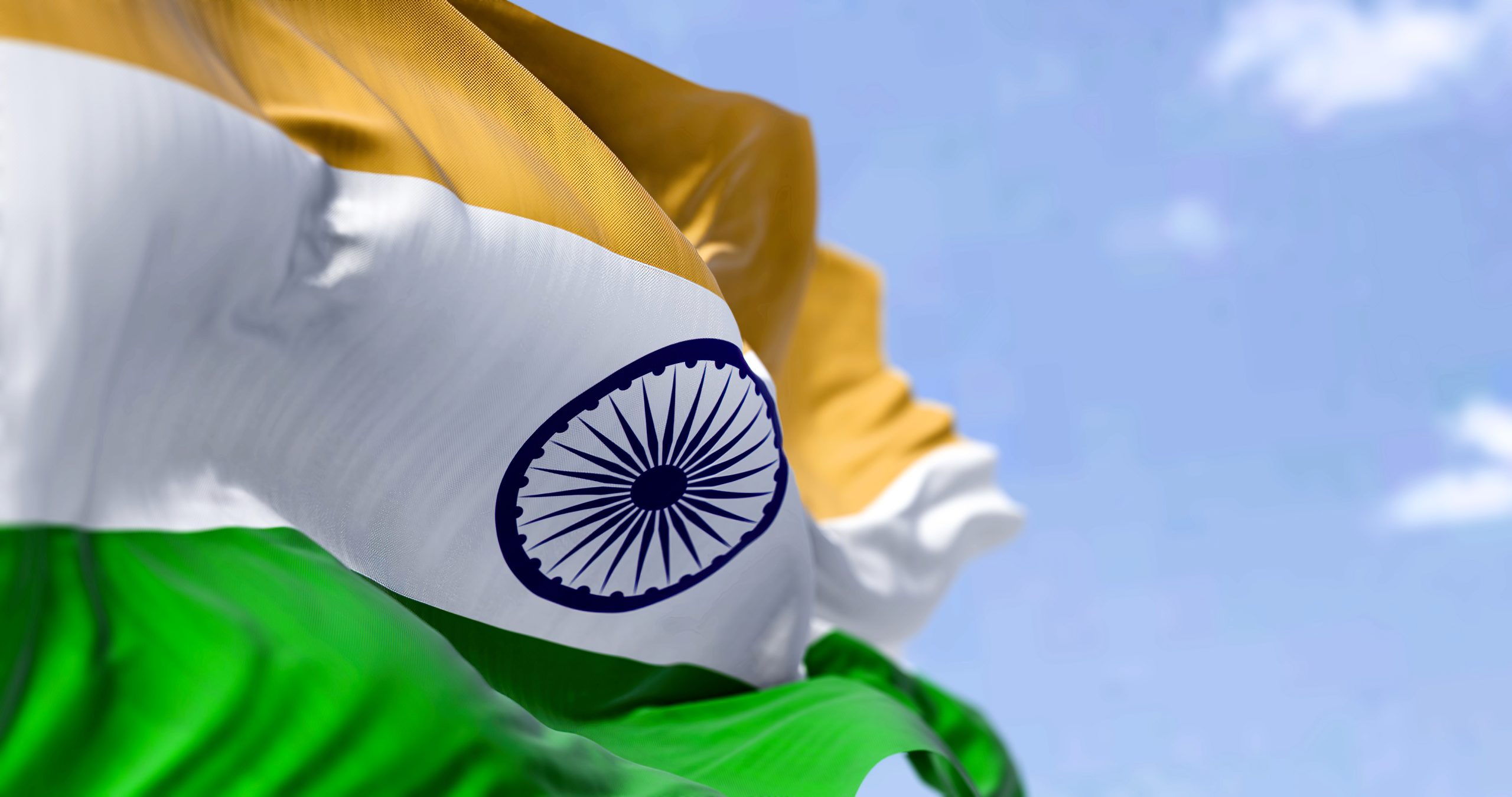
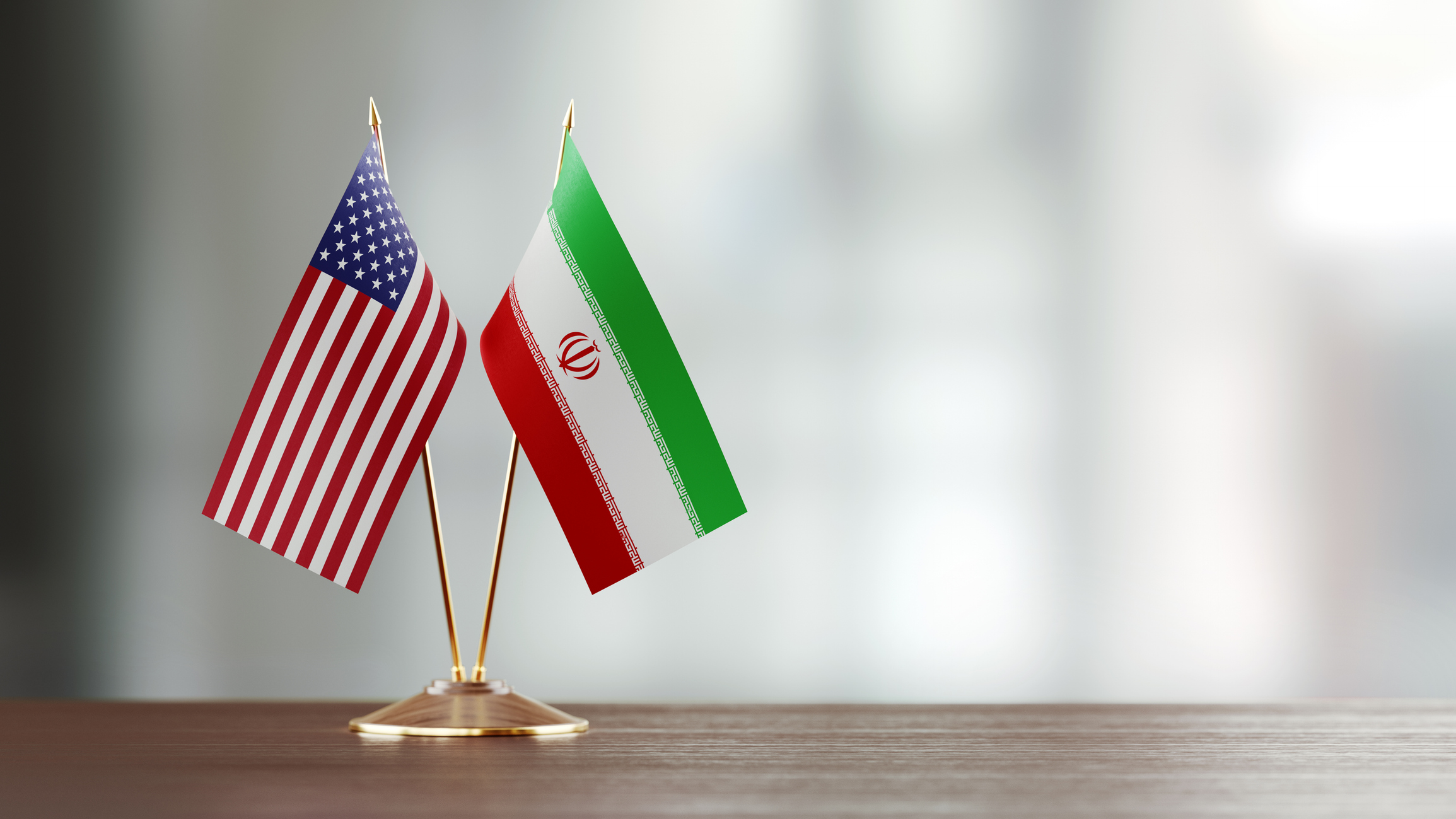
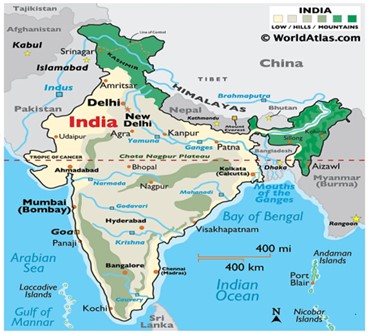


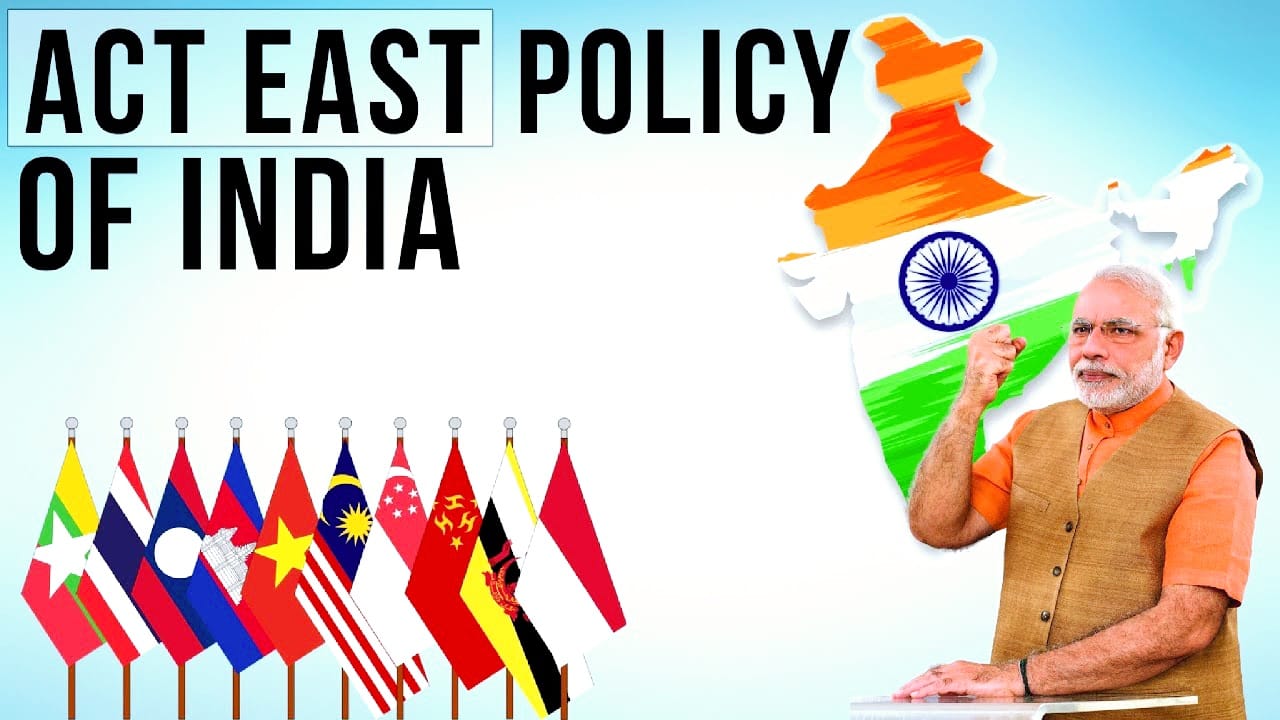
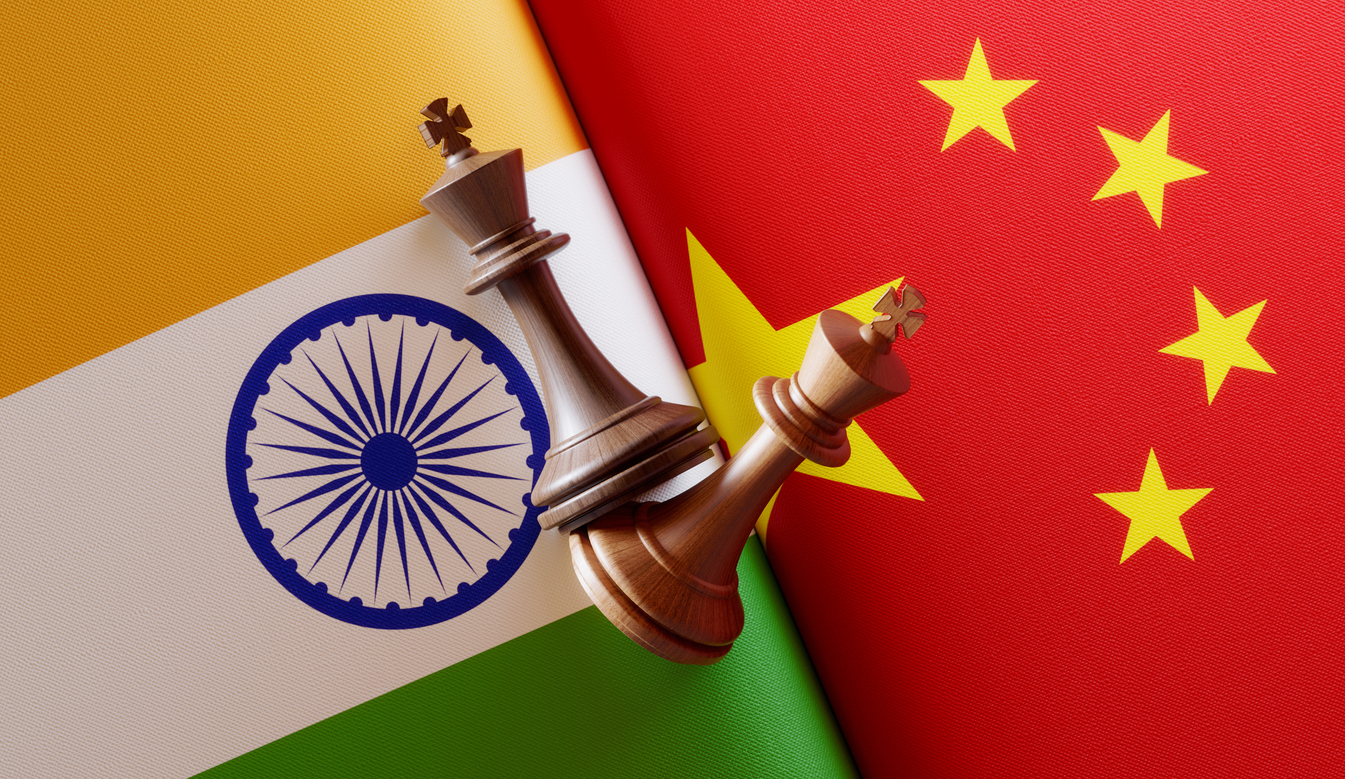








POST COMMENTS (4)
धनंजय पांडेय
Dr Renuka Tyagi
Mini Sharma
Balkrishna Shetty